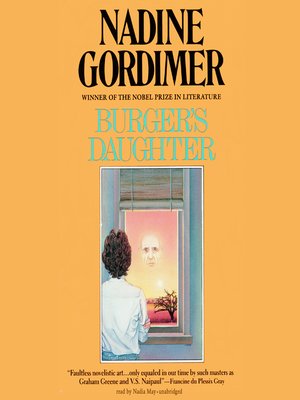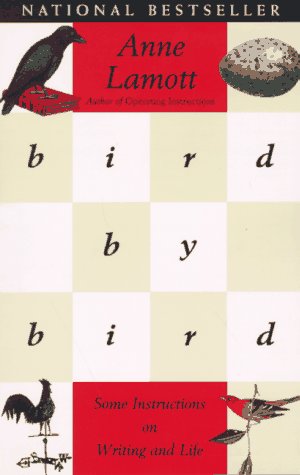
The Police Woman’s Bureau by Edward Conlon
Union Square was sad and seedy, three blocks long, one block wide, bordered by old loft buildings and lower-end department stores – Klein’s, Ohrbach’s. Inside were statues of Washington and Lincoln and the Marquis de Lafayette, and dozens of hopheads and winos who didn’t move much more than the statues. The thieves could cop here and shoot up in plain sight on a park bench – the mother-with-stroller crowd didn’t favor the place…
Conlon combines a degree from Harvard and a career as a NYC police officer and has previously written award-winning, best-selling police procedurals – notably Blue Blood, his own memoir of his time in the narcotics squad. While there is much to recommend his latest, The Police Woman’s Bureau, it seems not to be his best work.
First of all, it is an odd hybrid of memoir and novel. He has taken the life of an actual police woman (Marie Cirile-Spagnulo, who wrote her own memoir) and turned it into a novel – apparently using her real-life as a model, but changing details when “that might improve the story.” While much of it rings with the authenticity of a memoir – and none of the writing seems to overflow with imagination – one is left unable to be certain of any particular detail.
Part of the problem is that I lost interest in it as a novel almost immediately – there is nothing in the language to spark a reader into suspending disbelief and there is no overarching arc in the story – it narrates how Marie develops the confidence in herself as a woman and a police officer to survive the hostility of the NYPD of the 50s and 60s. It is more character study than novel. To put it bluntly, it reads like a memoir.
However, it is not without its strengths. Marie does become an interesting character, and the details here of how she made her way through the police department feel important and compelling. Most of the harassment and misogyny she faces (at work) comes in the form of either doubts about her ability, or sexual innuendo – but there are instances where male commanders simply refuse to have her on their teams because of her gender. Apparently, Mayor LaGuardia once gave a graduation speech to the female class at the police academy (in the 1950s the bureau was gender-segregated) in which he advises using a gun the way the graduates use lipstick (when necessary, but not to excess) and there are many headlines from local newspapers that marvel at her ability to do this job in ways that are shockingly demeaning. In addition to this, she survives a brutally violent marriage that personalizes much of the misogyny she finds in the Police Department.
Marie becomes a kind of case study in how to think about feminism before feminism. Although the word has existed since the early 19th Century, it does not come into popular usage to denote a belief in gender equality until the 1950s – when Conlon picks up his story. Marie Carrera (his character) never uses the word in relation to herself and is never part of any organized movement for women’s equality. She seems unaware of the language that would be growing up around the time of her police career, but is never unaware of the concepts that drive that language. While as a younger woman she doubts her talents as a police officer, she never doubts that she deserves a shot at proving herself. Conlon supplies a wide range of male and female characters that embody a wide range of attitudes towards gender and seems perhaps overly careful to provide balance – there are good and bad males and good and bad females here.
I am drawn to this view of early, non-doctrinal feminism in part because of my own life with my mother. A career editor at Woman’s Day Magazine, she did not fight crime, but she did live her weekdays in a traditionally male world – for years she was the only woman getting off the train from Manhattan every evening in our suburban town. She was enormously proud of her success in that male world and argued for her own equality of opportunity and pay throughout her career. Yet she refused to call herself a feminist until she was close to retirement in the 1990s and never couched her arguments as anything else but a basic fairness – a kind of even-steven for the adult world. She seemed unaware of any more general sexism. Marie reminds me of this generation of women who did not seem to want anyone to notice that they were breaking ground.
The other strength here is the portrait of a fraying New York. It is a story we all know: the way deindustrialization combined with white flight and suburbanization to erode the city tax base and its ability to maintain its own basic services at a time when crime was increasing annually and the public life of the city grows increasingly ungovernable. This story is reflected here in the career of a single police officer who begins her career in the late 1950s. We see Times Square become a headquarters for sleaze, Union Square become a haven for junkies, and cops become keepers of a revolving door that slows individual criminals down but doesn’t provide much in the way of public safety. The way this grinds down the characters in the novel, notably Marie, is a depressing but powerful theme.
There are also some interesting, if shocking details of police work from this era. The use of the warning shot followed by more deadly shooting after a drug deal or a burglary is shocking. The way undercover agents follow men they suspect of planning robberies rather than using their presence to warn them away. The ever-present hints of corruption and laziness among some officers. They are not new or shocking details, but are related here with a matter-of-factness that gives them a harsh, gleaming reality. Conlon seems to go out of his way to avoid any discussion of race in police work (except for Irish prejudice against Italian officers), which seriously weakens the portrait here since all his officers seem to have an underlying belief that some people are just predisposed to criminality and that good officers can pick them out on the street. In other ways his portrait of the police bureaucracy seems unvarnished.
All of this tells me that Conlon’s better work might well be worth looking into, but I could only half-heartedly recommend this volume.









